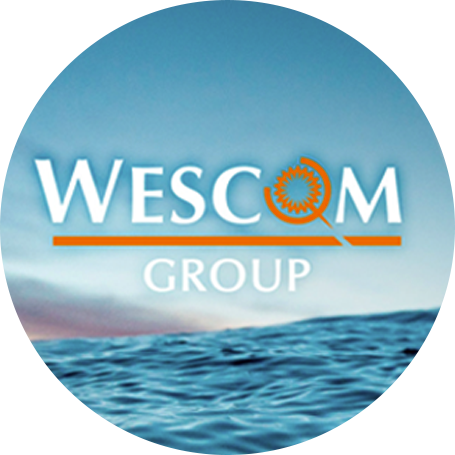1960
Founder rescued from shark-infested waters
Aged just 20, our founder David Marshall is thrown overboard into the shark-infested waters of the South Pacific. After several hours, he is rescued – by complete chance – by a passing supply barge. The idea for MRT and the Personal Locator Beacon (PLB) was born as a result of this incident.

1975
Personal Locator Beacon prototype
A prototype of the first Personal Locator Beacon is supplied to GBII Joint Services for their entry into the Financial Times Clipper race to Australia, the result of a joint venture between the Royal Radar Establishment and Farnborough.

1979
Rescue success
Ken Kerr, one of MRT’s first customers, is successfully rescued 700 miles off Newfoundland in the Mid-Atlantic after activating his LOCAT radio distress beacon following a capsizing. His beacon signal was picked up by a Concorde flying overhead on its way to New York. The jet subsequently alerted the authorities who dispatched a C130 from Halifax, Nova Scotia, to pinpoint the exact location before diverting a cargo ship to complete the rescue.
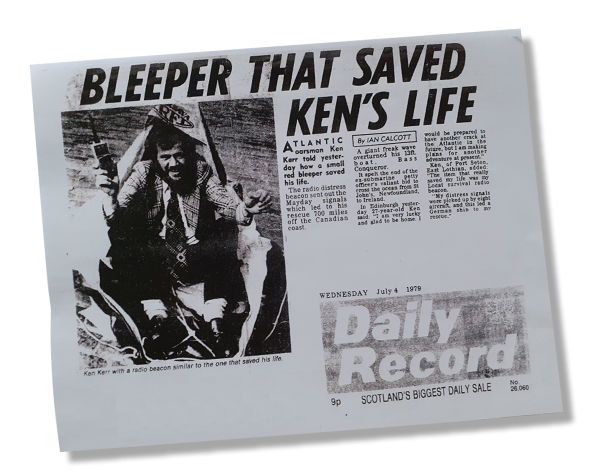
1980
Yachtsmen saved
Doctors parachuted into the ocean in a desperate attempt to help four stranded yachtsmen. They were alerted and deployed by rescue authorities who picked up a signal from the Yachtsmen’s LOCAT distress beacon.
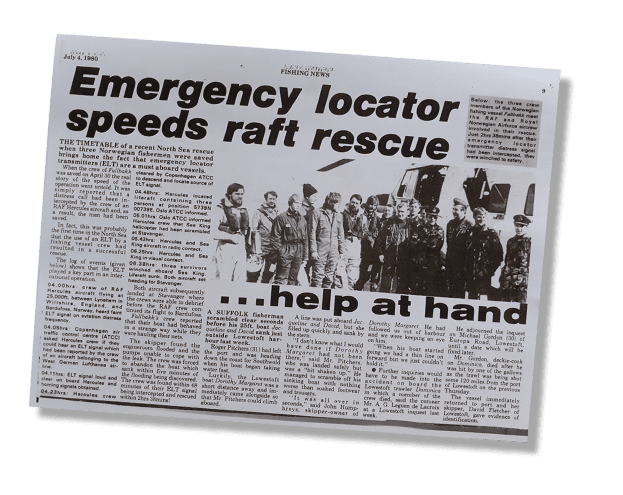
1987
Fishermen plucked to safety
Having abandoned their blazing trawler in the North Sea, 180 miles off the North East coast, three Hull fishermen are plucked to safety after a helicopter rescue operation. Their radio distress beacon signal had been picked up by a Search & Rescue satellite, which led to the scrambling of a Sea King helicopter.
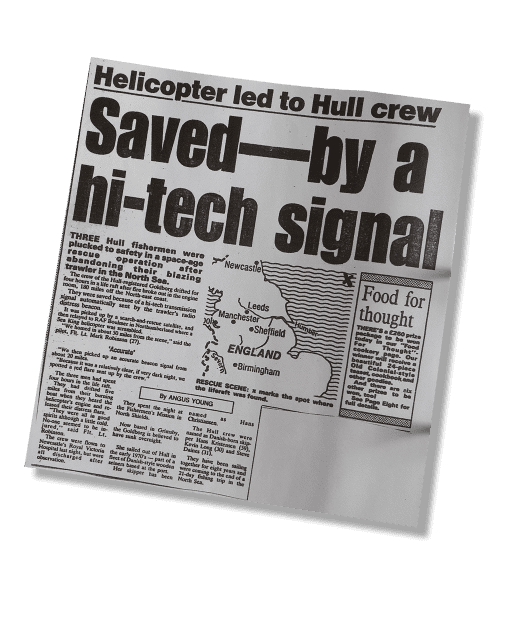
1989
Beacon of Hope
Oil giant BP pioneers the use of Personal Locator Beacons in the wake of the official Piper Alpha report, the first UK company to do so.
Leading light for sea safety
Lifesaving is equipment used in the round the world yacht race by Joint Services Entry – Satquote British Defender.
Johnstone trials PLB
Robin Knox Johnstone, the solo yachtsman who became first man to sail solo non-stop around the world in 1968-69, begins to trial life-saving PLB equipment.
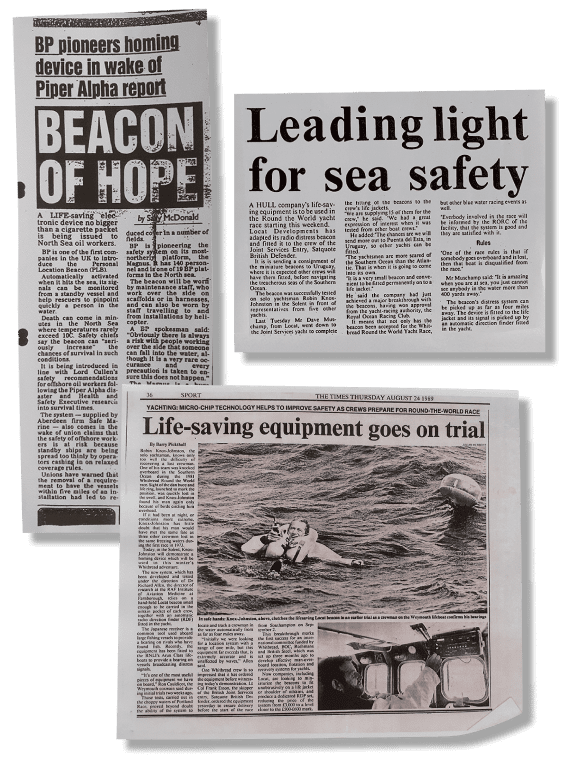
1992
Royal Approval
The life-saving PLB technology wins Royal approval after going on display at the International Boat show
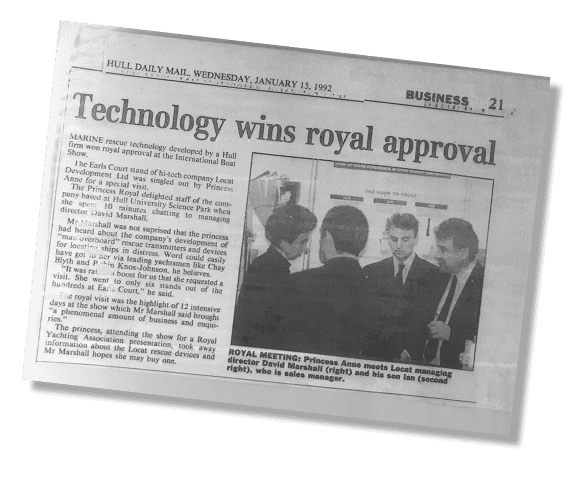
1992
Sea Marshall is born
The design for the first Sea Marshall PLB7 (pictured) is taken from concept to production.
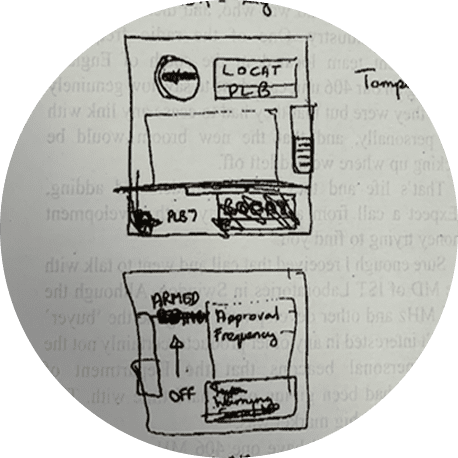
1997
PLB saves Bullimore
Yachtsman Tony Bullimore is saved after his distress beacon is picked up by the Australian Navy. His yacht capsized in a catastrophic storm during the 1996-97 Vendée Globe, a solo around-the-world yacht race. He survived four days in the Southern Ocean, his immersion suit prevented hypothermia and his locator beacon made sure he was found.
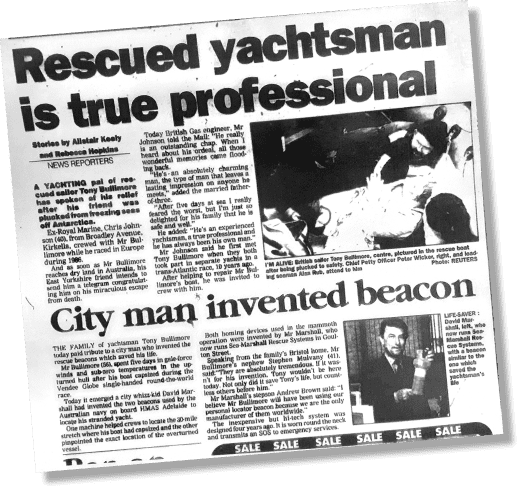
2001
Marine Rescue Technologies is formed
After winning numerous awards as a family-run business, Marine Rescue Technologies Ltd is created. The innovative Sea Marshall brand is introduced to the commercial market, quickly becoming a global leader in man overboard safety equipment.
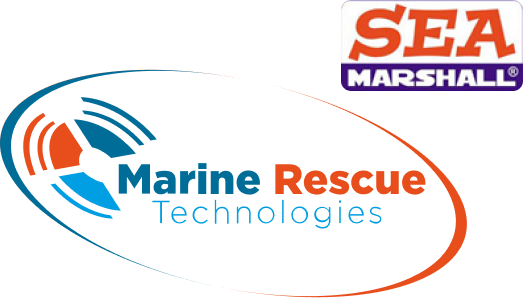
2003
PLB 8 unveiled
Development continues with the release of the PLB-8 featuring a robust waterproof housing to protect it from heavy usage and damage. The unit was a welcomed upgrade for those working in various offshore sectors.
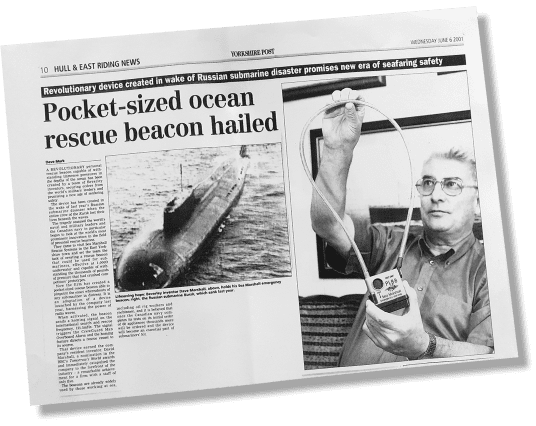
2008
Offshore safety leader
In less than 5 years from creation, more than 32,000 PLB-8 units are officially in operational use within the Oil, Gas and Maritime industries around the world.
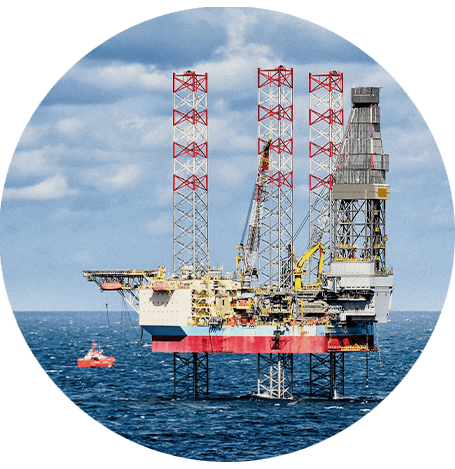
2010
Sea Marshall upgraded
The updated Sea Marshall AU9 Personal Locator Beacon is released, with ATEX Zone 2 approval and lifejacket integration capabilities. The AU9 helps the Sea Marshall brand go on to become one of the most recognised names in the commercial offshore sector.
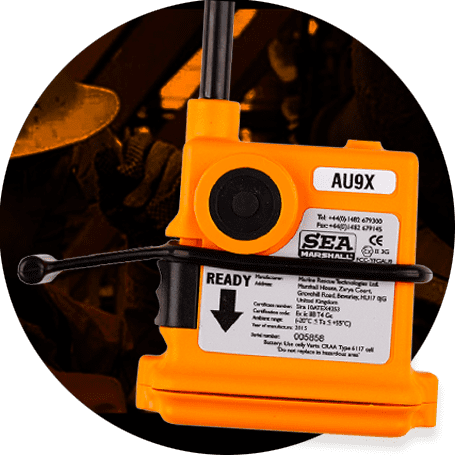
2012
The ‘sMRT’ brand is created
sMRT was introduced to distinguish PLB’s with innovative AIS technology, the most accurate locating technology available. We would produce all PLB’s with AIS under the sMRT banner moving forward.
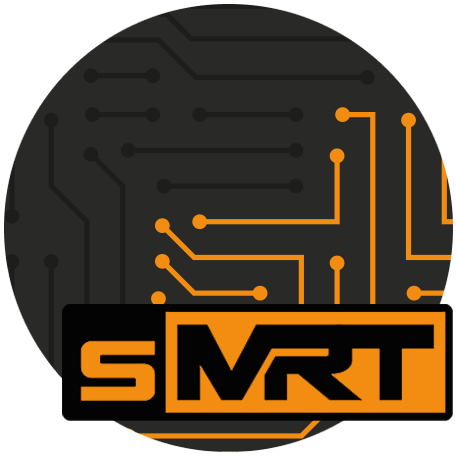
2013
sMRT AU10 Launched
With our global reputation growing, the sMRT AU10 is officially launched, featuring GPS position updates every minute via AIS. This included the sMRT AU10-X an ATEX Zone 2 approved PLB and the flight approved AU10-HT.

2014
V100X Launched
The world’s first and to this day the only IECEx Zone 1 approved PLB. Operating on VHF DSC and AIS, the sMRT V100x allows O&G workers to be equipped with a PLB even in one of the most restricted, potentially explosive environments.
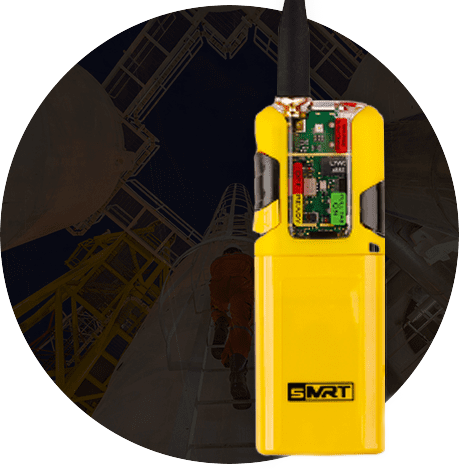
2015
MRT Enters Lifejacket Market
The correct integration of PLB and Life jacket is crucial for ensuring they work to their optimal capability. The paradigm had shifted, customers were asking us to provide a complete solution, so we did! MRT designed the sMRT range of PFD’s in conjunction with key stakeholders across multiple industry sectors which led to MRT offering the most comprehensive man overboard integrated solution available to the commercial offshore marine market.
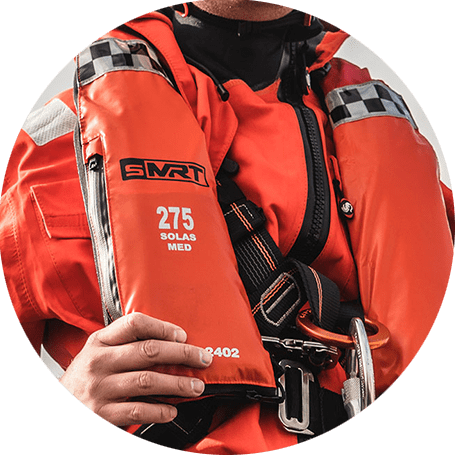
2017
European Grant Awarded
MRT are chosen over multiple industry applicants and awarded a grant by the European GNSS Agency (GSA) to help develop a PLB that can take advantage of the next generation improvements to the COSPAS-SARSAT system, the MEOSAR system. This will see MRT develop a 406MHz capable PLB for the first time in its history.
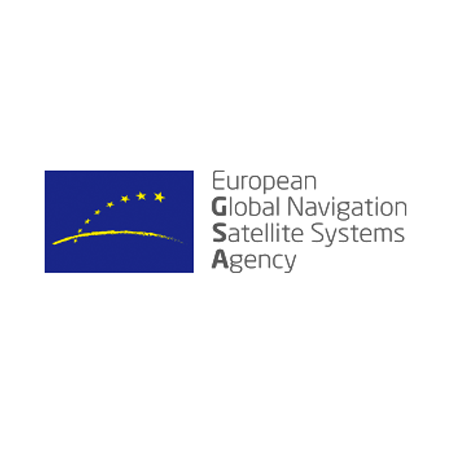
2020
Out with the old, in with the new!
MRT’s brand and image are outdated, so as part of an ambitious growth plan which will see MRT enter new markets, develop new technologies and diversify its product range, MRT introduces its revitalised and fresh new look.
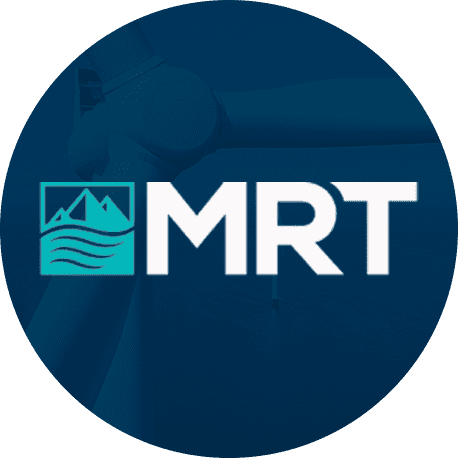
2021
sMRT Shield
After years of development MRT can finally reveal its plans to release the sMRT Shield, the world’s first 406MHz PLB with water activated AIS. The innovative addition to MRT’s product range will also utilise the Return Link Service (RLS) to once again offer the most comprehensive PLB to both the commercial and recreational marine sector. A land based ruggedised model that operates solely on 406MHz will also be available for the land based market, a first for MRT.
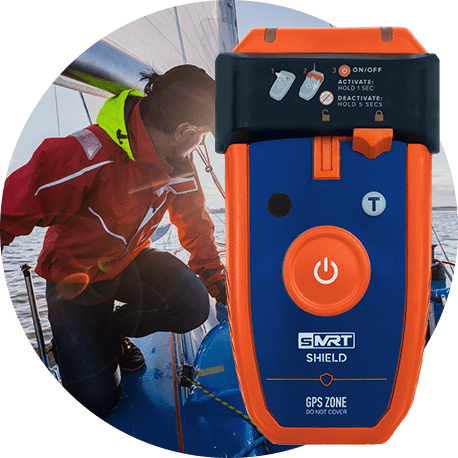
2022
Wescom Group acquire MRT
World-leading emergency distress signal manufacturer Wescom Group expanded their presence in the marine survival market with an exciting acquisition.
UK-based personal locator beacon manufacturer Marine Rescue Technologies (MRT) has become part of Wescom Group from 2nd November 2022, further enhancing the groups’ profile as a primary source of marine distress and safety signalling.
